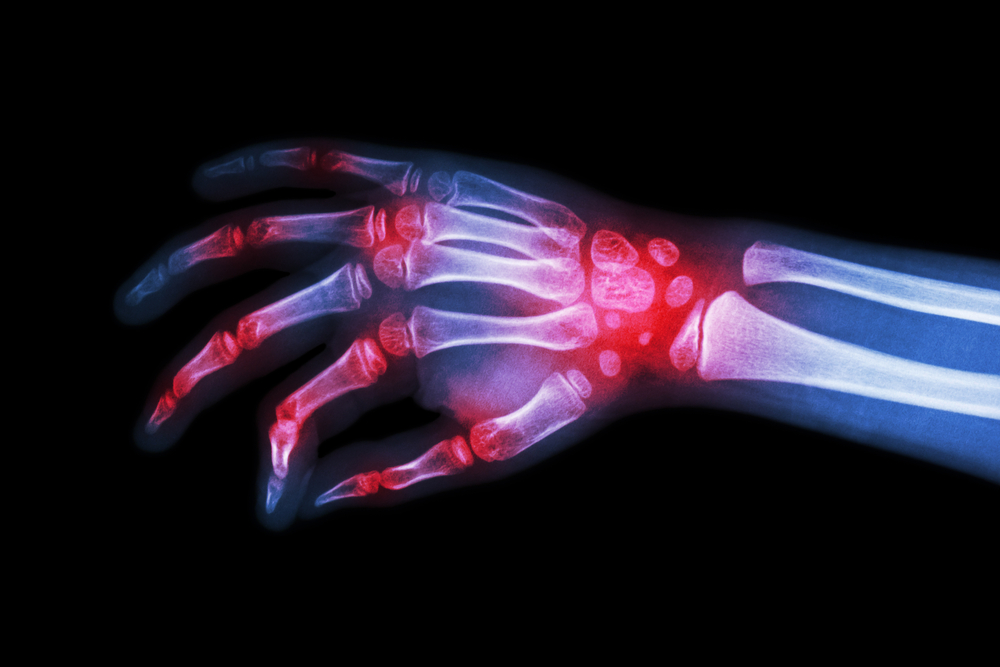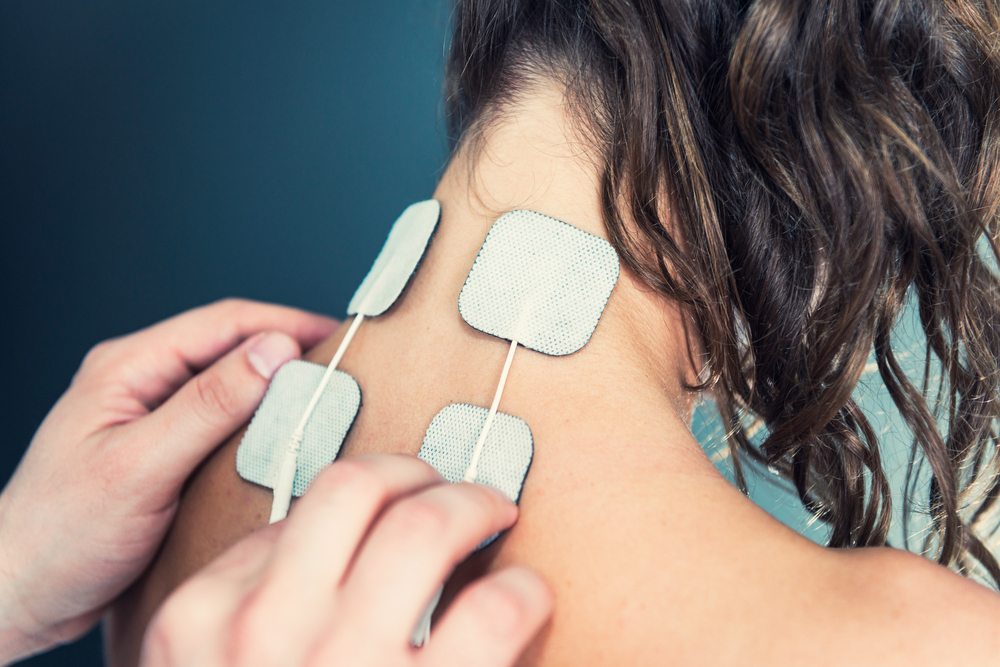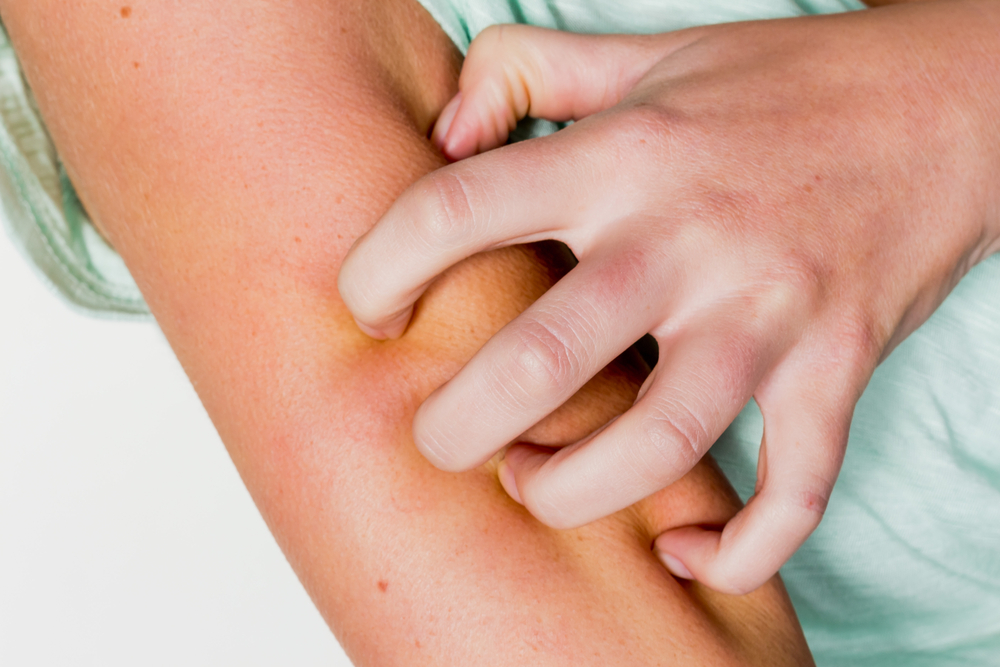
?
Half of folks Have KP and also Know It
Karen Smith, who manages a website for people with KP, writes the fact that condition affects approximately 40 to Fifty % of the adult population and 50 to 80 percent of adolescents, with varying severity. Many people with KP, in line with Smith, have no idea of they have got it, usually because they do not be familiar with their condition and for that reason mistake their symptoms for something different, like acne. That is the real problem, because therapy of acne and KP are completely opposite.?
?
Unsightly, but Harmless
There are 2 main types and manifestations of KP. Keratosis pilaris alba sounds like rough, dry, bumpy skin without irritation. Keratosis pilaris rubra presents as red, inflamed bumps that may look like acne pustules. Other variants on the condition are more uncommon. The first (and much more common) presentation resembles goose bumps, which can be the actual way it got the “chicken skin” moniker. Good Mayo Clinic staff, these small, painless, skin-colored bumps appear primarily on the upper arms, legs, or buttocks, they also occurs evidently and bear much resemblance to acne. The main difference is the fact KP bumps are typically dry, rough patches of skin which could itch.?
KP is frustrating since it affects the skin’s appearance and has no cure, even so it doesn’t have any long-term health implications, either. And whereas some biomechanical problems, like rosacea, worsen in time, especially with no treatment, KP could actually resolve itself by itself. For most of us, the result is a cycle of improving through the humid summer and flaring up within the winter.
Moist Skin Is glad Skin
Folks who believe their KP is acne and apply harsh, drying treatments are only exacerbating the problem. KP skin needs moisture! As per the Mayo Clinic staff, the disorder arises when keratin-a hard protein that protects skin from infection-builds up and forms a scaly plug that blocks the openings of strands of, causing patches of sandpapery skin. Doctors are not aware precisely why such a thing happens in most people and not others, with the exception that genetics often have related to it.?
There may not be get rid of KP, but you will find treatment options to keep the skin looking its best. Because dry skin worsens keratin buildup, the perfect treatment KP will be to keep skin moist. Here’s how:
- Cleanse skin gently. You might scrub out of the keratin plugs or slough off dry skin, but you’ll only aggravate your problem everyone knows. Just use a light cleanser and pat or blot skin dry which has a towel afterward. Also, limit bathing to fewer than 15 minutes in domestic hot water; water and long showers strip important oils through the skin.
- Moisturize. While your skin layer remains damp from bathing, apply a thick lotion or cream to close in moisture saving keratin buildup.
- Humidify. Based on your geographical area, air in your home may perhaps be pretty dry. Work with a portable humidifier at your residence and office to incorporate moisture. Be sure to clean it regularly, as these machines turn into trap for fungi and bacteria.?
- If these home-care measures aren’t doing enough to raise the look of your epidermis, visit your dermatologist. This individual is able to diagnose your short lived problem and provide you extra treatment options:
- Ammonium lactate (Lac-Hydrin) can be found in a prescription cream or lotion. It softens skin and reduces keratin buildup.
- Urea (Carmol, Keralac) is a wonderful moisturizer for dry, rough skin as well as really helps to loosen dead skin cells that play a role in plugs. However, there are actually uncomfortable side effects with urea, including redness, stinging, and skin irritation.
- Topical corticosteroids are anti-inflammatory drugs which help decrease cell turnover by suppressing the immune system. Doctors usually prescribe corticosteroids for short-term treatment and temporary relief, not for long-term use.
- Topical retinoids, created from a vitamin, work by promoting cell turnover and preventing the plugging with the hair follicle. They include Tretinoin (Retin-A Micro, Avita) and tazarotene (Tazorac). They can effectively work for some, but retinoids may be too harsh and drying for other people and may cause severe irritation, redness, and peeling.?
Cheat the Chicken Skin
It is advisable to know whether your epidermis concern is KP or some different, when your diagnosis determines your treatment. When you may actually have acne, you might also be at individuals with this common disorder and wish different measures to heal the actual skin. The good thing is whenever you do have KP, the illness is harmless and can be managed with the appropriate treatment options.













